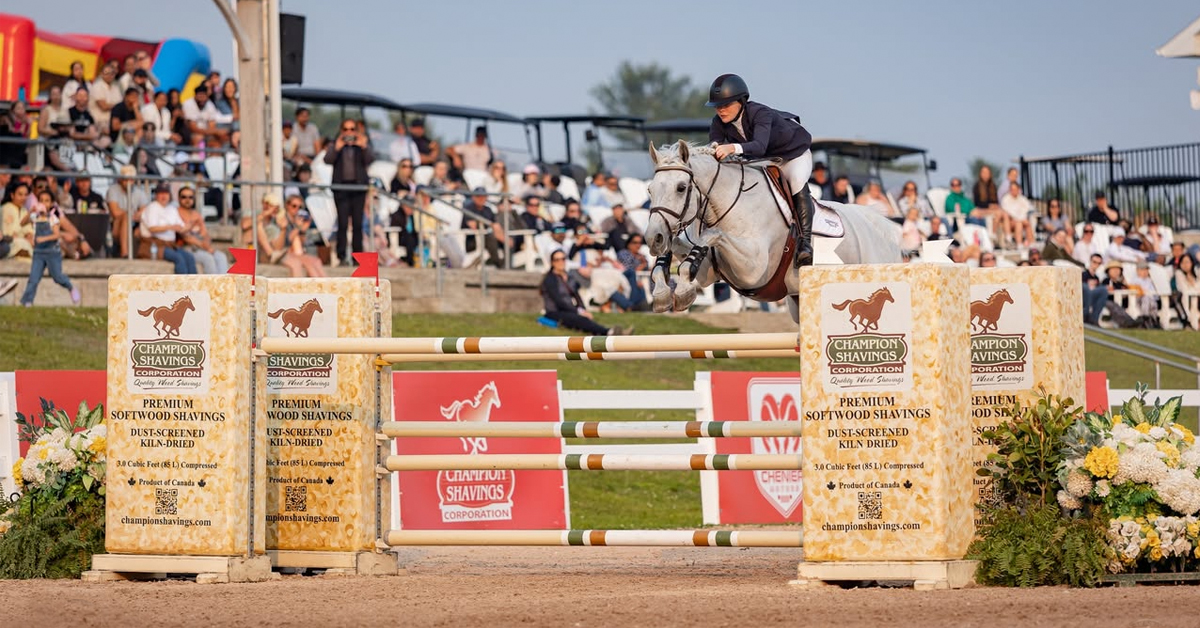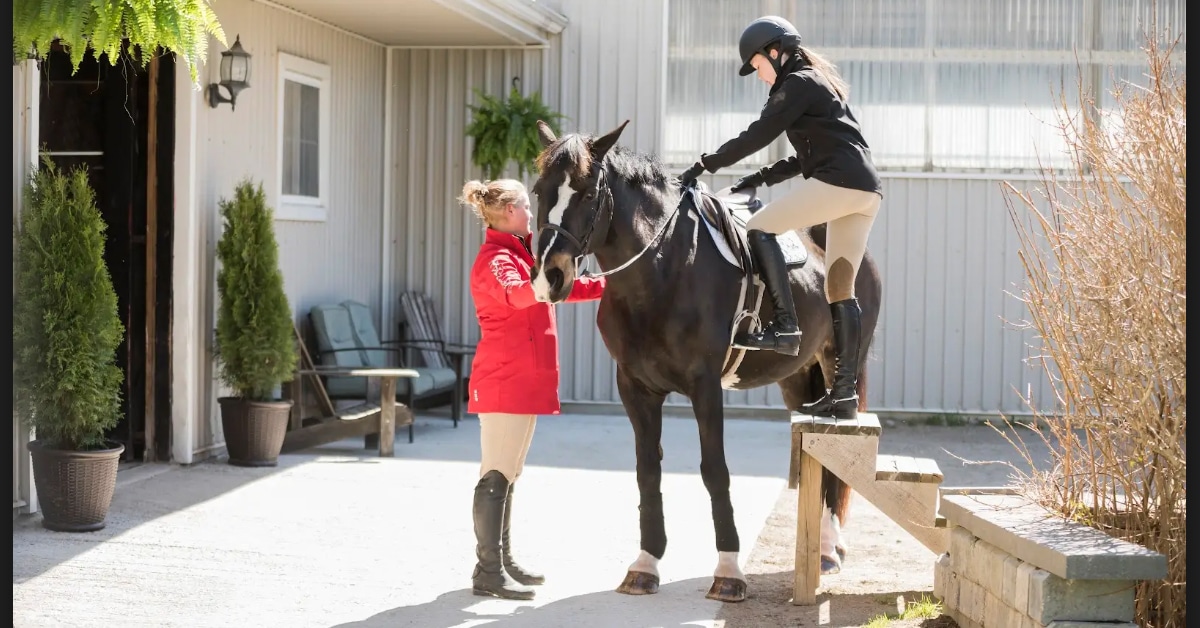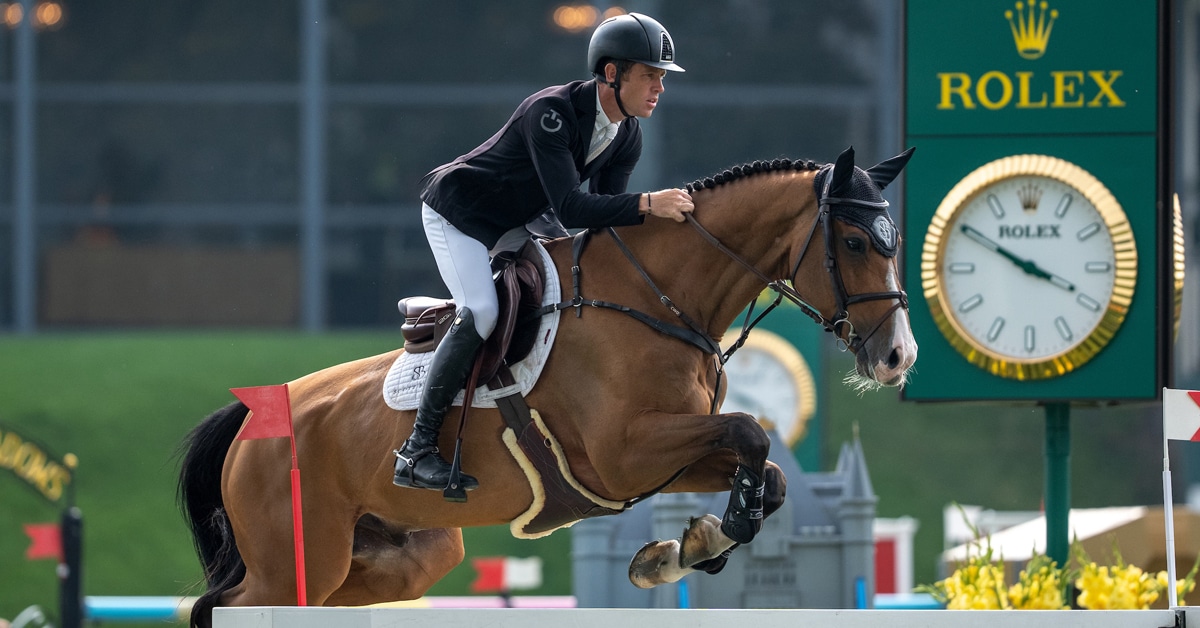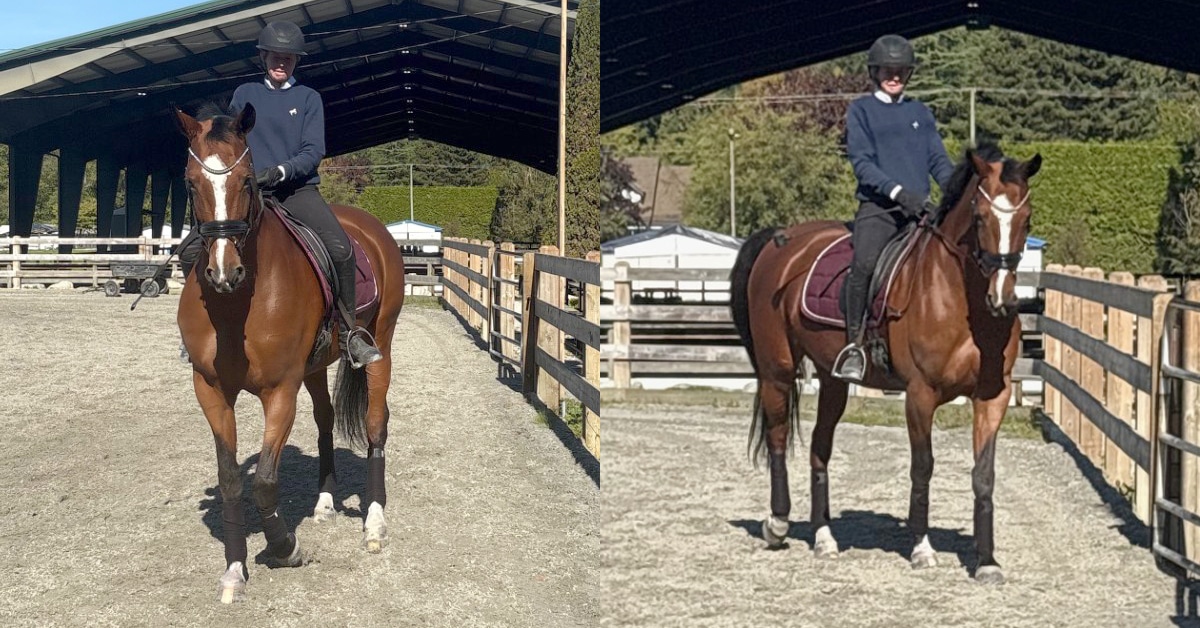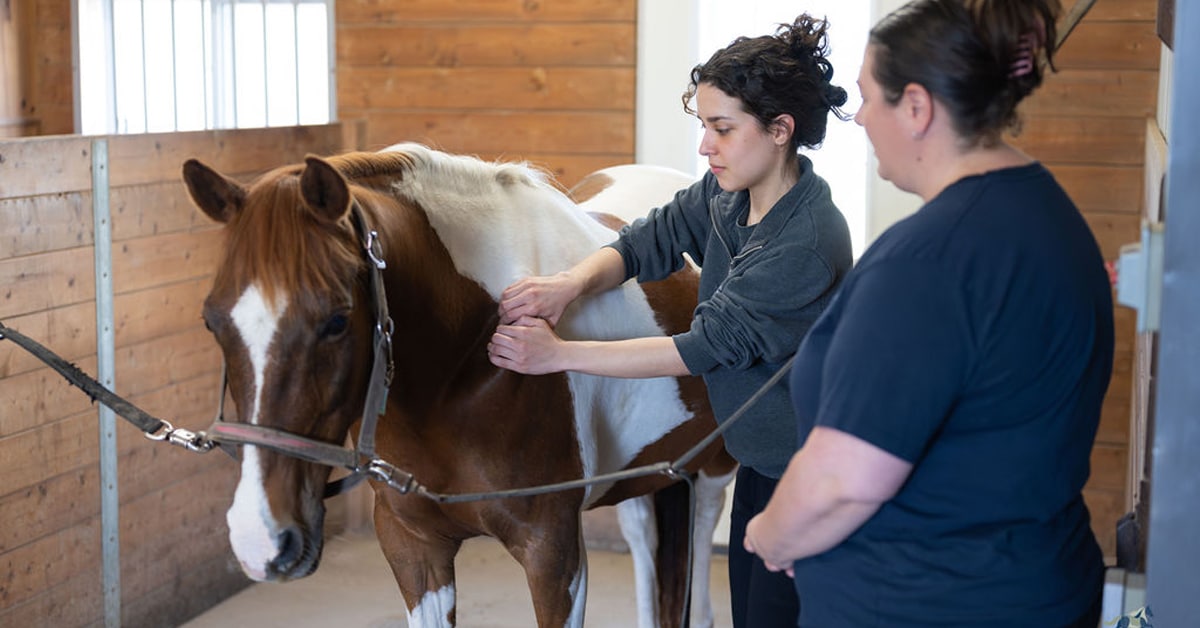In 2016, I sent out my first group of sponsorship requests. I approached about 15-20 companies and during that year had about five sponsors providing me with useful things like breeches, bonnets, saddle pads, show jackets, etc. Since 2016 I have continued to send out a group of sponsorship emails at the end of each year and although I have lost several over the years, I continue to gain new ones and have developed some very good relationships.
This year I am partnered with seven companies, with deals ranging from sponsorships to ambassadorships to some that have given me incredible new experiences. The question I most often get is: how do you get all these sponsors? The simple answer is A LOT of trial and error, but I will outline my experiences in the basics of contacting and obtaining sponsors.
“It is important to have a brand ambassador who is a kind, passionate and honourable equestrian, with drive to be a great horse person. These qualities in brand ambassadors are key in the equestrian industry.” ~ Quinn’s Equine
Step 1. Write A Proposal
If you make the proposals generic, making the greeting ‘To Whom It May Concern’, you can send the same one to all sponsors. However, researching the company, their products and even their staff (see step 3) can allow you to tailor your proposal specifically to that company, a detail that they will appreciate.
Below is an outline of my typical Sponsorship Proposal:
Introductory Paragraph
– Name, age, what discipline/division you show in and for how long
– Barn and coach you ride with
– What makes you unique
Results
– One list for each year of showing
– Only include relevant results where you have accomplishments worthy of highlighting.
– Keep it straightforward and don’t include unnecessary information
Goals
– Immediate goals for the next year
– Long-term goals for the future; don’t limit yourself and be honest. Sponsors want to see that you have hopes and dreams of competing at the international level.
Sponsorship Proposal
– Explain why you are messaging them
What You Can Do For Them (not the other way around!)
– Tell them what you can do for their company, such as:
– Bring/use their product when you compete, posting signage where appropriate
– Post about their products on social media
– Recommend their products to people you know in the sport
Conclusion
– Start a line of communication and suggest that they should contact you with any questions – make sure you are actually responsive to the contact info you provide (email, phone, texting, messaging)
– Thank them for their time
– Sign off “Respectfully” or “Sincerely”

Sponsorships should be displayed and posted about often and proudly. (K. McQuaker photo)
Step 2 – Constructing a List of Potential Sponsors
When compiling a list of sponsors there is no limit to the number of companies you approach and no restrictions on who you approach. No company is going to get mad or frustrated at sponsorship proposals, especially if you do it properly. I’ve actually found that half my rejection correspondence says positive things about me and my proposal and the other half actually offers me a different kind of arrangement.
Think about what a particular sponsor would be providing. There’s nothing wrong with aiming high and contacting one of those big companies that provide their sponsored riders with everything ‒ but remember that if you they offer a sponsorship you won’t be able to also accept one from a smaller company that offers the same product (and vice versa). Obviously, two companies who are supplying you with product won’t want you wearing their rivals’ gear. An example would be helmet companies; it’s okay to send a sponsorship proposal to as many helmet companies as you want, but just remember that you can only accept one.
Step 3 – Find Information For Sponsors
You may have to do some digging in order to find emails and names of the companies’ CEOs or whomever is in charge of sponsorships. You can look for this information at the bottom of their website, on the contact page, on the information page or even on their Facebook page. And although it’s best to find names and emails of specific people that can directly help you, when it doubt send to any general email you can find and just include a “To Whom It May Concern” instead of a name and include a note to the effect of “Please forward this to the appropriate person if I have reached you in error.”
Step 4 – Constructing The Email
Your email should include four main parts, each of which are equally important to reach the person you want and in a professional way.
The first part is fairly obvious; email address. It is extremely important that it matches the person the email is addressed to. It is very awkward and embarrassing to send someone an email when it’s addressed to someone else!
The second part is subject line. You will want to keep your topic very clear and straight forward. “Sponsorship Proposal” or “Ambassador Proposal” are good options.
The third part is attaching your proposal letter. Choose a format that can be opened on most computers/phones (a Word doc or PDF, for example) and title it with something that ideally matches your subject line.
The fourth part, and most important, is the body paragraph. Now a good time to be specific towards each company. Start with addressing the email to who you are sending it to, or “To whom it may concern”. Include a personal touch by complementing their company and including why you are sending them a proposal. (For example, for a horse treat company: “My horse and I both love your treats and would be thrilled to work with you in the new year!”) Make sure to keep it short and specific. Then finish the email by signing off.
Step 6 – Send and Check Email Often
Check your email as often as you can and make sure to respond to all answers, even if they are not what you wanted to hear.
“It is really important for us to have a great relationship with all of our sponsors and partners. Our company is like a big family and we want our sponsors to be included in that. We choose to work with professional and positive athletes and trainers who will represent our brand well.” ~ Antarès Sellier Canada – Ontario Representative
Things to Think About
- The timing of sending out these proposals is crucial. You should be sending out a large group of proposals towards the end of each year, as most companies renew sponsorship deals at the beginning of each year.
- It is all right to send to the same company year after year, but only approach them once a year. Your accomplishments may change after each year and you never know when a company may decide to sponsor you after all.
- Clean up your social media. Sponsors will check your media accounts! They will not like to see personal posts or inappropriate posts/comments. It is a good idea to assume everything you post, comment or share will be seen by your sponsors. This also includes any negative posts towards yourself and others; sponsors will not want to see your posts/stories if they are negative in any way.
Good luck!
The Latest
